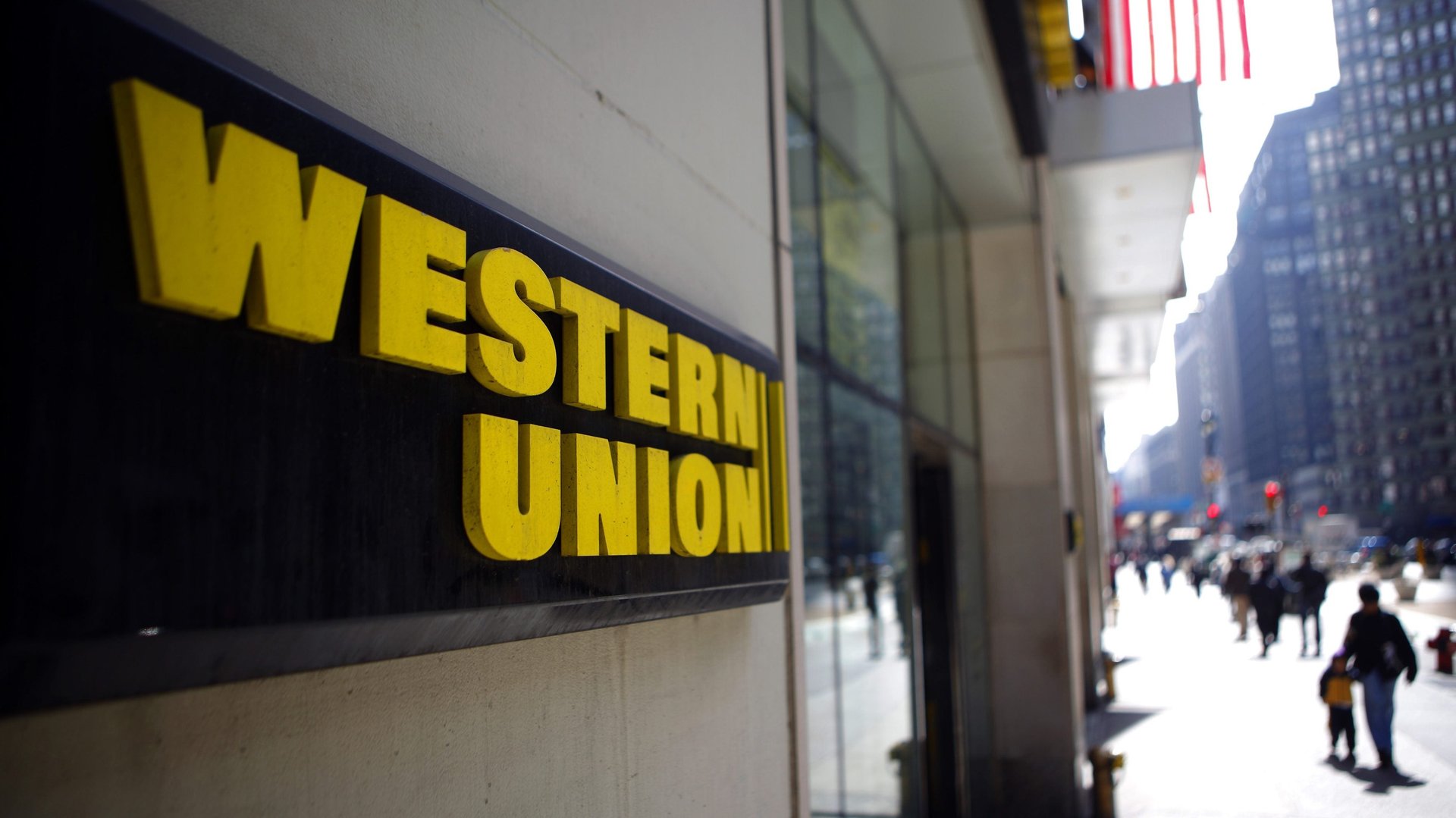Sending money back home is about to get cheaper for Indian expats
The Indian rupee’s recent plunge has made remittances by Indian expatriates more valuable. The cost of sending money, too, is reportedly likely to fall soon.


The Indian rupee’s recent plunge has made remittances by Indian expatriates more valuable. The cost of sending money, too, is reportedly likely to fall soon.
The National Payments Corporation of India (NPCI), the digital payments enabler and settlement system in India, is planning an alternative to the SWIFT payment system operator used widely for trade and cross-border payments internationally.
Linking NPCI’s flagship product, the Unified Payments Interface (UPI), to payment systems in other countries will make the process easier, faster, and more cost-efficient.
On average, it costs $13 to send $200 across borders, Bloomberg quoted Ritesh Shukla, CEO of NPCI International Payments. “Overseas Indians can use our rails to remit money inwards straightway into their bank accounts, and for the markets where Indians travel frequently, we will build acceptance for our instruments,” Shukla said.
The UPI’s popularity has risen exponentially since its launch, with about 330 banks and 25 applications adopting it. Countries like Nepal, Bhutan, and Singapore have also come on board.
India’s remittance economy gets a boost
In 2021, Indians living overseas remitted $87 billion—the largest inflow in the world, according to the World Bank.
A 6%-fall in the rupee over the past six months has made a case for increased remittances—a dollar buys more rupees as the Indian currency depreciates. For instance, an Indian expat could now send home around 79 rupees on converting a dollar, in comparison to 74 rupees at the beginning of 2022.